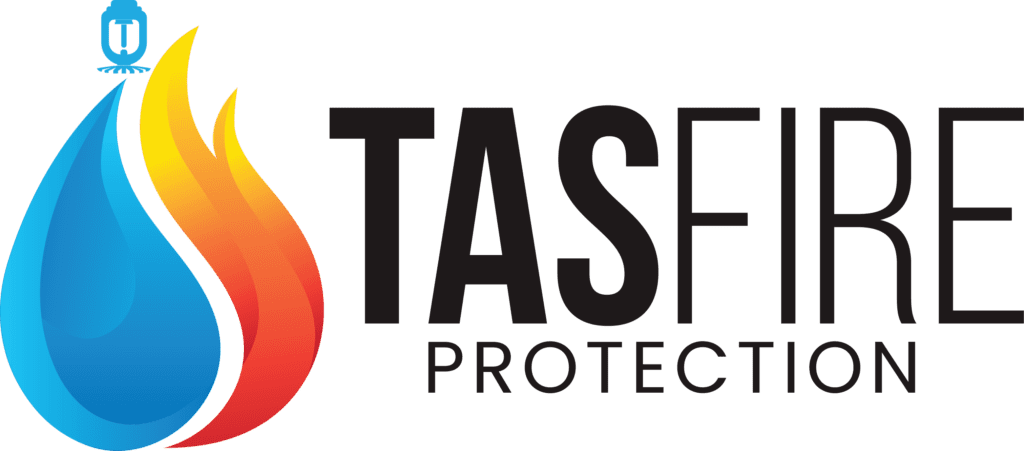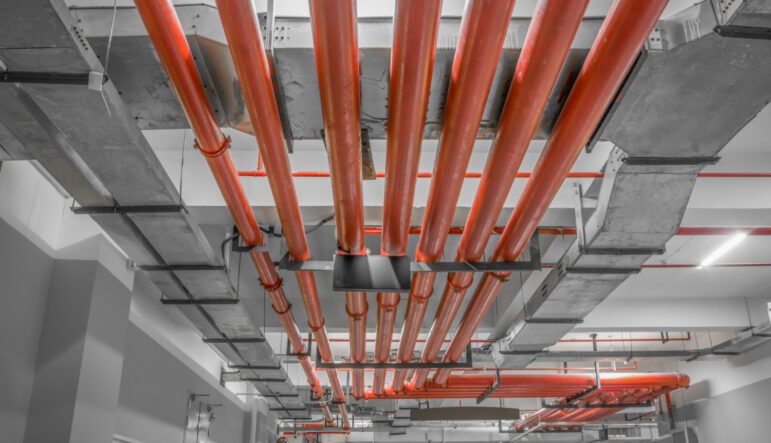How Do I Know If I Need a Fire Suppression System?…
If you own a building, run a business, or make other important decisions in a field where fires are common, you need to know if you need a fire suppression system or not. In many situations, fire suppression systems are needed to find fires right away and put them out before equipment or people are in danger.
But how can you tell if a fire suppression system is necessary? In this article, we’ll discuss what a fire suppression system is and how you can determine if you need one or not.
What Is a Fire Suppression System?
A fire suppression system, essential to protecting personnel and property from fire hazards, is made to put out a fire as efficiently as possible while preventing it from expanding. For fire suppression systems to function, certain heat or smoke levels must be detected. Most fire suppression systems are controlled by computers, but some can also be turned on by hand.
When activated, fire suppression systems send out a fire control agent right away to put out the fire and stop it from spreading. CO2 and dry chemical powders are frequently used, as fire-suppression agents.
You must have the right fire extinguisher supplies when it comes to defending your property against fire. Most office towers, stores, and other commercial buildings have fire sprinklers, but this may not always be the safest option.
Then again, water could cause just as much harm to fragile paper records, irreplaceable documents, and delicate telecommunication gadgets as fire and smoke do. Additionally, some kinds of fires are incredibly inefficient and only expand when water is sprayed on them.
Luckily, automated fire suppression is a different strategy you can use to safeguard your possessions. This minimises property destruction, clean-up, and delay for your business by suppressing fires using wet compounds, dry chemicals, gases, fluids, or foaming.
What Are the Forms of Fire Suppression?
There are, generally speaking, five fire suppression system examples, each of which has special qualities and advantages depending on the area that needs to be protected. The major fire suppression system examples include:
Gas Fire Suppression Systems
Systems for gas suppression keep fire-extinguishing solutions under nitrogen pressure in storage. These fluids contain the chemical, which is rapidly discharged to put out flames right away. These systems are especially useful in spaces with a lot of electrical devices, like control panels or data centres, because they don’t use any liquid. The gaseous part of these systems is first turned into a liquid and stored in small cylinders, which makes them portable and easy to store.
Wet Chemical Fire Suppression Systems
Systems using wet chemical foam are specially made for putting out kitchen fires. These fire suppression systems operate by rapidly dispersing a chemical foam agent that is reliant on the water into a constrained, localised region. Usually, they are put behind range hoods and are turned on by a button or a heat connection.
Water Mist Fire Suppression Systems
Areas that can’t be subjected to a lot of water may benefit from water mist systems as a fire control option. They function by creating far smaller particles than traditional sprinkler systems. Air-starved fires produce a layer of vapour that rapidly reduces the heat of the infected area. In some ways, they can be seen as a more environmentally friendly way to stop fires than regular sprinklers because they use a lot less water.
Foam Deluge Fire Suppression Systems
The air-filled bubbles that make up foam for use in fire prevention are generated from aqueous solutions and have a lower density than the lightest combustible liquids. Most of the time, it is used to build a solid floating blanket on top of flammable and combustible liquids. This keeps air out and cools the fuel, which puts out flames or stops them from starting. Then, it suppresses the production of flammable vapours to prevent re-ignition. Additionally, it sticks to surfaces to offer some protection from nearby flames.
Foam can be used to stop, control, or put out fires that start in tanks or processing facilities that hold flammable liquids.
Pressurized Gas Systems
In a pressurised gas system, liquid nitrogen is used to maintain the gas’s liquid state under pressure. The system releases the gas when a fire is detected, and it interacts chemically with the fire to put it out.
This is perfect for places with high-end equipment like server rooms. Since the gas is under pressure, it is compact and doesn’t result in oxygen reduction. It is a powerful firefighting tool.
What Is the Function of a Fire Suppression System?
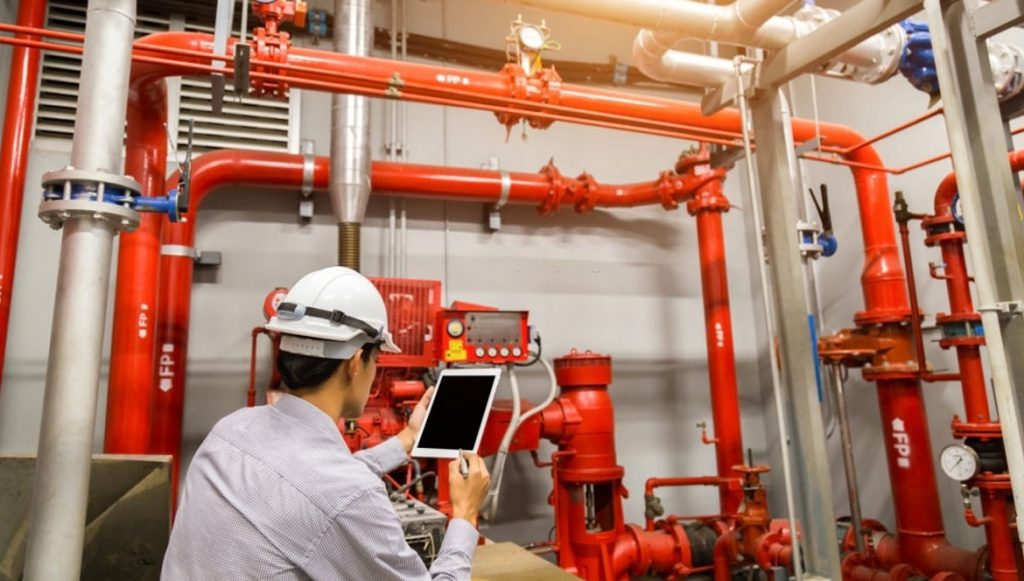
An electronic device that detects heat and smoke as well as a container for the suppression chemical makes up an automated fire suppression system, much like a conventional one. Also, there is often a way to turn the system on manually, which acts as a backup in case the automated system doesn’t work.
An automatic fire suppression system’s key advantage is that it does not require human activation or involvement. This is not only great for putting out flames in distant or difficult-to-access regions of a building or estate, but it also lowers the danger to the safety of the residents.
Additionally, automated fire suppression systems are a particularly smart investment for businesses and sectors that handle expensive or hazardous products. Insurance companies could see this kind of precaution favourably and provide company owners and landlords with cheaper premium rates in exchange for adopting this kind of precaution.
You may also like to read:
- How to Install and Test Emergency Lights
- Where to Install Carbon Monoxide Detectors?
- What Do You Use to Put Out an Electrical Fire?
- How to Change the Battery in Your Smoke Detector
How Do I Know If I Need a Fire Suppression System?
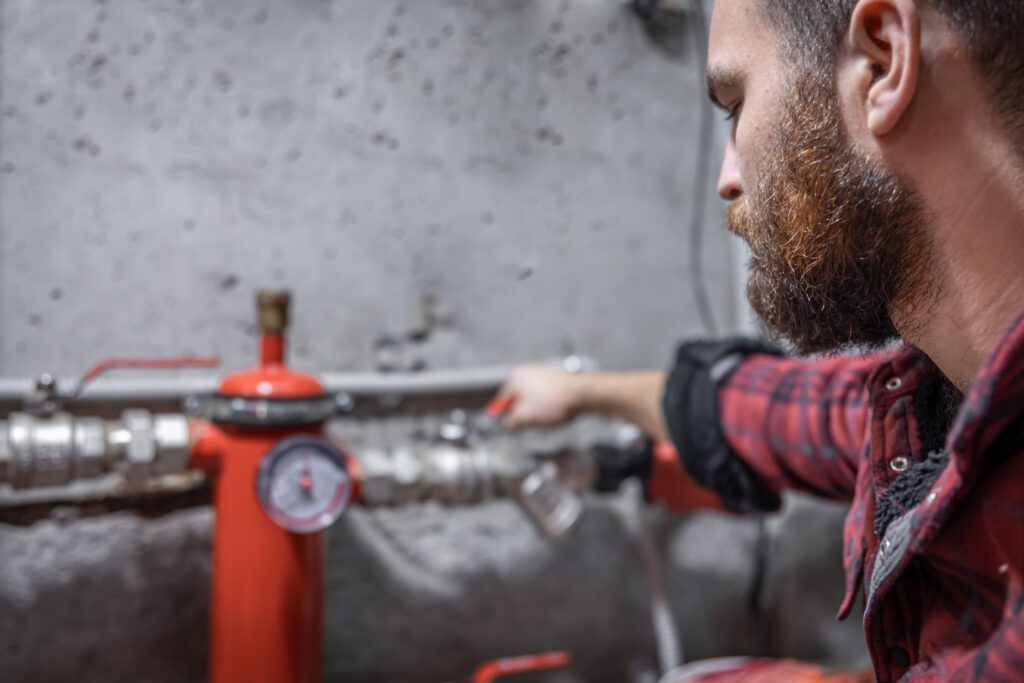
Fire suppression systems are used in many industrial and commercial settings where sprinkler systems or other systems for putting out fires are not appropriate. Typical places where a fire suppression system might be necessary include:
Machining and Manufacturing
Exotic metals, high-speed processes, flammable oil-based coolants, and other elements that increase the danger of fire are all present in manufacturing and machining environments. Lights off or operations with little staff supervision make these dangers considerably more complicated. Here, a fire suppression system requirement is inevitable for smooth operation.
Most of the time, Class B (flammable liquids) and Class D (flammable metals) fires happen in this setting. Water will extinguish a Class B fire, but it is not the best solution. A fire suppression system is often needed to quickly put out a fire in a safe way. Installing a fire suppression system in these places can protect both people and expensive equipment.
Wind Turbine
Although turbine makers take great care to prevent fires, it is impossible to design out the possibility of fire. If a fire in a nacelle isn’t found and put out quickly, the whole unit could be destroyed, which would cost millions of dollars to fix.
Automated fire detection and suppression systems can be found in a wind turbine. Also, fire suppression systems are made with clean agent suppressants, which evaporate without leaving a residue. This makes them completely safe to use around mechanical and electrical equipment.
Dumpster Yards
Hydraulic systems, diesel fuel, and electrical panels are just a few of the possibly dangerous elements that may be found at container yards. These risk variables all can start a fire that cannot be put out with water. A fire that isn’t put out quickly can cause a lot of damage and hurt people. It can also cost a lot of money and stop the flow of goods around the world.
A container yard’s fire suppression system may minimise equipment downtime, shield your business from expensive repairs, and safeguard personnel from fire hazards.
Power Control Panels
Due to arcing and other problems, there is a big chance that electrical equipment will catch fire. Depending on how much damage an electrical panel fire causes and how much it will cost to restore the damaged equipment, there may be a substantial amount of downtime.
Electrical panel fires are also complicated for two reasons. First, sprinkler systems are not an option since electrical fires cannot be extinguished with water. Second, the panel may be harmed if the incorrect fire suppressant is used. This is where a clean-agent fire suppression system that won’t harm equipment is useful. Clean agents are non-conductive, safe to use near people, and friendly to equipment.
Aircraft and Vehicles Used in Warfare
Every mode of transportation has the risk of a fire, thus it is crucial to safeguard the personnel and machinery used in our nation’s defence.
Armored-military-vehicles
Non-electrical fire suppression systems may be utilised safely and efficiently on the ground to find and put out flames in fuel tanks, engine compartments, wheel wells, lithium battery cabinets, and cargo spaces. Fire suppression systems in helicopters, fighters, bombers, and surveillance planes make it less likely that a fire will spread and hurt people or damage property while the plane is in the air.
Do I Need a Fire Suppression System for My Building?
It’s crucial to have the right extinguishing supplies on hand when it comes to defending your home from fire. Most office buildings, stores, and other commercial buildings have fire sprinklers, but this may not always be the best choice.
After all, water might cause just as much harm to fragile paper documents, irreplaceable archives, and sensitive electronic equipment as fire and smoke can. Additionally, certain types of flames are incredibly inefficient and only spread when water is sprayed on them.
You can protect your assets differently, though. One way is to use automated fire suppression. Another way is by putting out flames with wet or dry chemicals, gases, liquids, foam, or foam, less property damage, and cleaning up, all resulting in less downtime for companies and other businesses.
Contact Us (905-870-7779) for a Free Consultation!
—
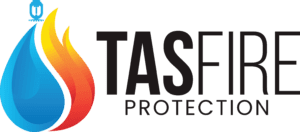
About TAS Fire Protection
TAS Fire Protection offers comprehensive and cutting-edge fire, security, and electrical services to clients with residential, commercial, industrial, or high-rise properties. Our team of highly skilled professionals has years of experience in installing, maintaining, and inspecting fire, security, and electrical systems and equipment.
> Learn More
